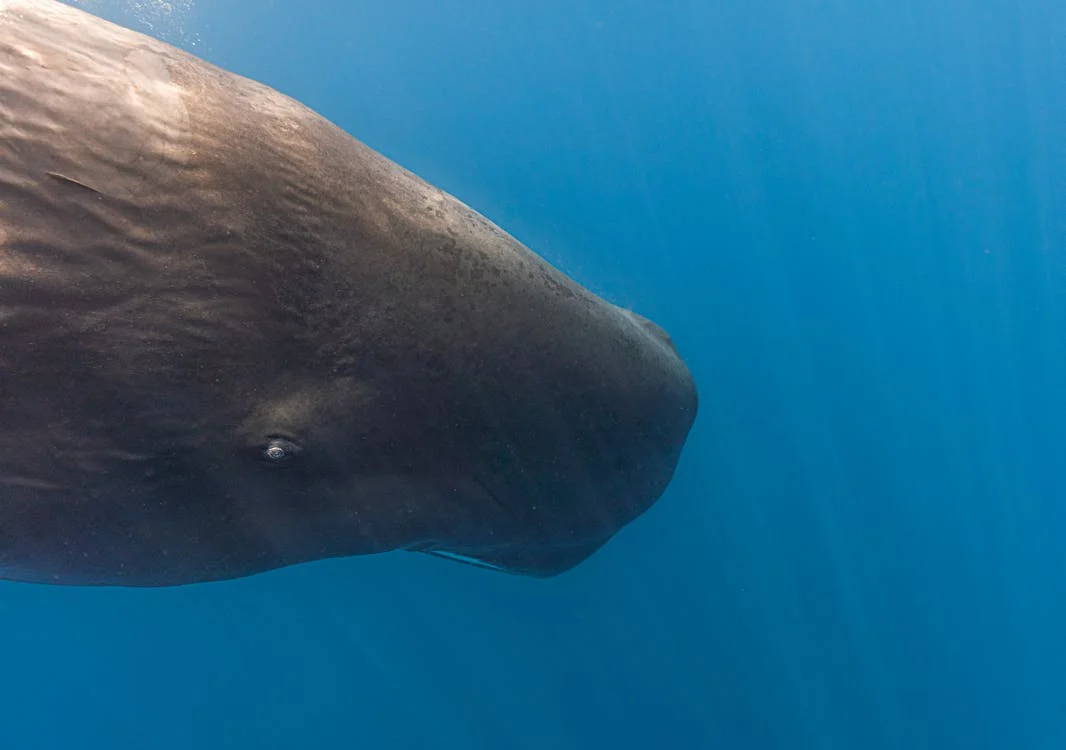Whales, some of the most majestic creatures in the ocean, have long fascinated humans, not only for their immense size but for their haunting, melodic songs. Whale songs, particularly those of humpback and blue whales, echo across the vast ocean depths, often traveling hundreds of miles. These mysterious sounds, both beautiful and intricate, serve more than just an aesthetic purpose. They are a vital part of whale behavior, communication, and, most importantly, their survival.
What Are Whale Songs?
Whale songs are vocalizations produced by certain species, most notably the male humpback whale. These songs can last for up to 20 minutes and are often repeated for hours at a time. The sounds range in frequency from high-pitched squeals to deep, resonant moans, and can be extremely complex, structured in a pattern of phrases, themes, and repetitions.
While many whale species make vocalizations for communication, only a few species, like humpback whales, are known for their elaborate and continuous singing.
Why Do Whales Sing?
The exact purpose of whale songs is not definitively known, but research has provided several compelling theories:
- Mating Calls: The most widely accepted theory is that whale songs are used to attract mates. Male humpbacks sing during breeding seasons, often while alone. The complexity and variation of these songs may serve to demonstrate fitness or reproductive viability to potential mates. Some evidence also suggests that female whales might choose mates based on the sophistication of their songs.
- Territorial Display: Another possibility is that whale songs serve as a way for males to establish dominance or assert territory in the breeding grounds. By singing, a whale might signal to other males that the area is claimed, avoiding direct physical conflict.
- Communication and Coordination: Whales are social animals, and singing could be a form of communication between individuals. It might help whales stay connected over vast distances in the open ocean or coordinate group activities like feeding and migration. For example, blue whales are known to use low-frequency calls that travel great distances, allowing them to communicate across hundreds of miles.
- Navigational Aid: Some researchers believe that whale songs may play a role in echolocation or environmental mapping. The sounds could help whales gauge distances and navigate through the dark, murky waters of the deep ocean.
The Importance of Whale Songs for Survival
Whale songs are not just a fascinating biological curiosity—they are crucial for the survival of these species.
- Reproductive Success: If whale songs are primarily used for attracting mates, they play a direct role in reproductive success. Without these songs, whales may struggle to find partners, leading to declining population numbers, especially in already endangered species.
- Maintaining Social Bonds: Many species of whales live in complex social structures. Songs and vocalizations are essential for maintaining communication between individuals in these groups, especially when they are spread across vast distances. A breakdown in this form of communication could disrupt feeding, migration, and even breeding behaviors.
- Navigating a Changing Ocean: With ocean noise pollution increasing due to human activities such as shipping, naval exercises, and industrial development, whale songs are becoming harder to hear. This auditory interference could hinder whales’ ability to navigate, find mates, or communicate with each other, adding to the many threats they already face.
Human Impact on Whale Songs
The marine environment is increasingly polluted with noise from human activities. Ships, oil drilling, and sonar tests generate sounds that can disrupt or drown out whale songs. Studies have shown that in noisy areas, whales will change the frequency or volume of their songs, an adaptation that can only go so far. Prolonged exposure to this acoustic pollution could lead to stress, behavioral changes, and, in some cases, hearing damage in whales, negatively impacting their ability to reproduce and survive.
Conservation Efforts and the Future of Whale Songs
Whale populations, particularly of species that sing, have been severely reduced due to centuries of whaling and human exploitation. While many whale species are now protected under international law, their numbers remain low, and their habitats continue to be threatened by human activities. Protecting the acoustic environment of whales is a critical aspect of their conservation.
Organizations around the world are working to mitigate the impact of noise pollution on marine life. Initiatives include regulating ship speeds in sensitive areas, rerouting shipping lanes away from breeding grounds, and promoting the development of quieter maritime technologies. In addition, continued research on whale songs and their significance can help inform conservation strategies, ensuring that these beautiful and vital melodies continue to fill the oceans.
Conclusion
Whale songs are more than just an awe-inspiring phenomenon; they are essential to the survival of these magnificent creatures. Whether used for mating, communication, or navigation, these songs play a critical role in maintaining whale populations and social structures. As human activities increasingly encroach upon their environments, understanding and preserving the acoustic landscape of the oceans becomes ever more important. Protecting whale songs is not just about saving a sound—it’s about ensuring the survival of an entire species.

